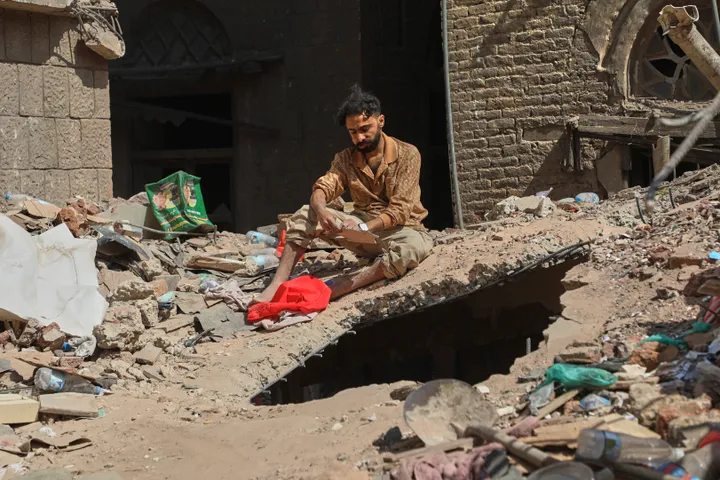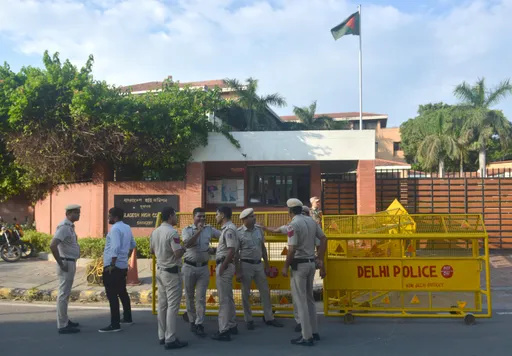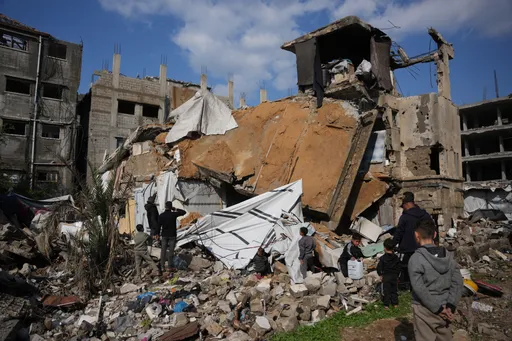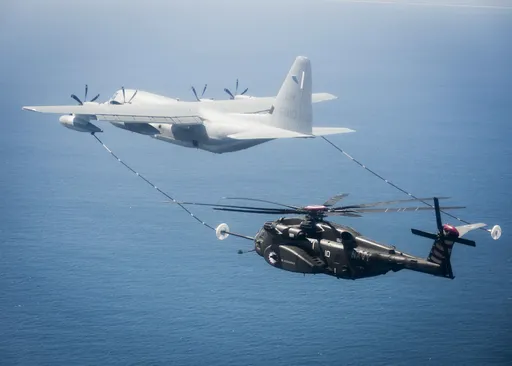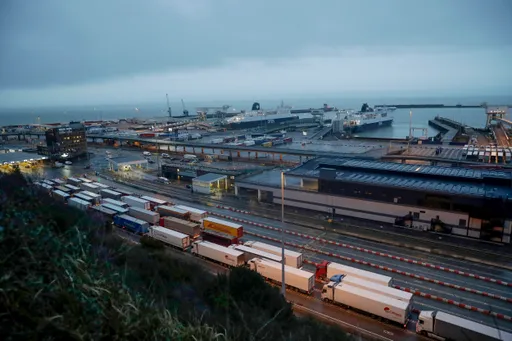A World War II bomb exploded on October 2 at a regional airport in southwest Japan, causing a 23-foot wide crater in the middle of the taxiway next to the runway.
The not-so-rare incident took place days after Naha, another city in southwest Japan, evacuated about 1,400 people ahead of a large-scale operation to dispose of an unexploded bomb from the war years (1939-45).
The 250-kilogram bomb—believed to have been dropped towards the end of World War II when US military aircraft heavily pounded Japan with deadly ordnance—was found by municipality staff doing routine sewage work in a residential area last December.
In Japan, bombs dropped more than 80 years ago either blow up or are found buried unexploded in large numbers every year.
Japan’s Ground Self-Defence Force (GSDF), which is responsible for the disposal of unexploded ordnance, handled as many as 2,348 cases of approximately 37.5 tonnes of explosives in 2023.
Its sister organisation responsible for disposing of underwater mines handled 197 pieces weighing about 4.1 tonnes last year.
The frequent nature of such incidents raises the question as to why the Japanese authorities have yet to locate and dispose of these unexploded bombs from 80 years ago.
Why Japan has so many unexploded bombs?
The major reason for a large number of unexploded bombs still being discovered in Japan is the intense bombing by the US, which conducted high-altitude attacks in daylight, seeking to strike industrial and military targets.
However, a combination of mechanical failures, Japanese air defence and strong jet-stream winds often made such bombing inaccurate.
A 2005 report by The Japan Times said the GSDF pulled out a six-foot-long bomb from the home of an 84-year-old woman who told the authorities that the bomb was “out there, somewhere”.
When she married in 1949, her husband’s family told her that three bombs had landed in their field but didn’t explode.
Two of the three bombs were taken away by the US forces after the war, while the third was left on her property because it had “burrowed too deep” into the ground.
The bomb remained buried for years because the authorities insisted that she provide confirmation of its existence and pinpoint its location.
While it is the job of the central and local governments to remove bombs, locating them is usually left to landowners at their own expense.
Well into her 80s when the news report came out, the Japanese woman said she didn’t want to “pass the negative legacy onto younger generations”.
Following the war, Japan prioritised rebuilding its infrastructure and its rapid reconstruction sometimes led to the burying or overlooking of unexploded bombs in areas where new construction was taking place.
Even though advances in technology have improved detection capabilities, locating buried ordnance remains challenging. Searching for duds can be tedious and expensive: on average, 100 holes are dug for every unexploded ordnance found.
Moreover, explosive materials within the bombs buried deep in the ground can degrade. This makes the explosives more unstable and prone to detonation if disturbed, making their removal even riskier.
How many bombs are still unaccounted for?
There is no exact figure for the number of unexploded bombs still buried in Japan. However, it is estimated that thousands of tonnes of explosives from World War II remain underground.
The discovery of these bombs continues to be a regular occurrence, even decades after the war ended. Analysts say it may take another 70 to 100 years to dispose of all the duds buried in Japan.
The US and its allies dropped mainly three kinds of bombs on Japan. High-explosive bombs were used on cities and industrial facilities to cause maximum destruction through “blast and fragmentation”.
Incendiary bombs, which were filled with flammable substances, were dropped to start firestorms in cities, while cluster bombs containing smaller bomblets were used to inflict widespread casualties.
However, many of those bombs never exploded because of manufacturing defects. Some bombs were equipped with either timers or impact fuses that could be set to detonate at specific times or upon impact with a certain force. Incorrect settings meant the bomb would not explode as intended.
Factors like temperature, humidity, and soil conditions could also cause the bomb’s detonation mechanism to fail.
Why are long-buried bombs still a threat?
The mere fact that these bombs have stayed buried for eight decades points to the likelihood that their explosive materials have degraded over time.
Degraded explosives tend to become unstable because they decompose in the ground, which increases the risk of accidental detonation.
Therefore, any disturbance due to nearby construction, excavation or even heavy rainfall can trigger an explosion.
Equally important is the psychological impact of such unexploded devices.
The threat of bombs going off at any time creates fear and anxiety in areas like Okinawa, which was pounded by bombs to the tune of 200,000 tonnes. About 10,000 tonnes of it is still believed to be buried on the island.


